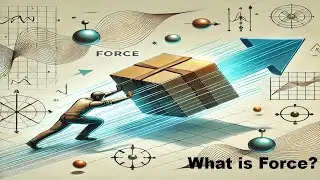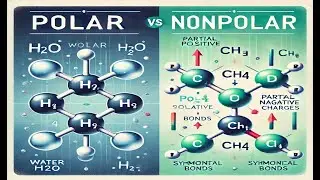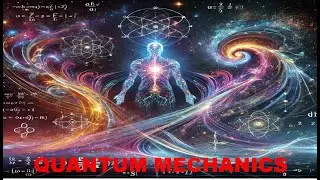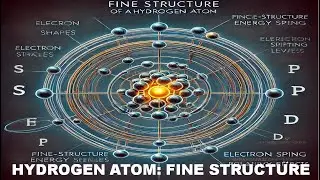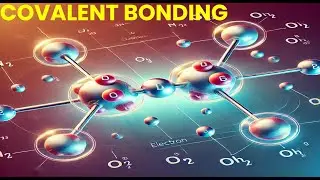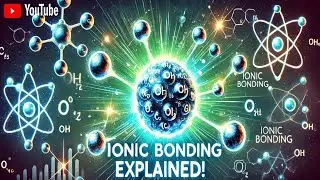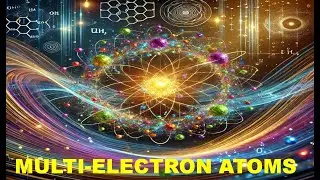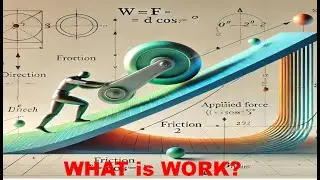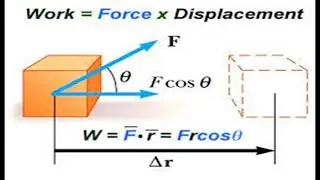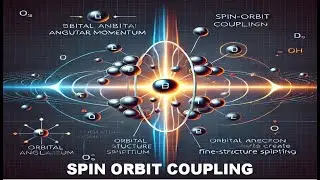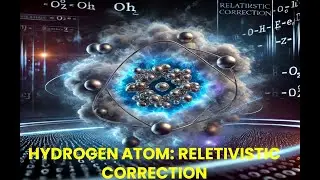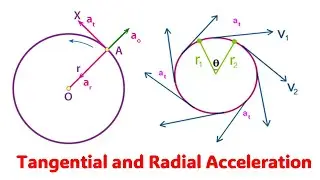Wavefunction, Electronic Configuration and Binding Energies for Multi-Electron Atoms
@PhysicsMaterialsScienceandNano
Understanding wavefunctions, electronic configurations, and binding energies in multi-electron atoms involves delving into quantum mechanics and atomic structure. Here's a breakdown of each concept:
Wavefunction:
In quantum mechanics, the wavefunction (\(\Psi\)) describes the quantum state of a system (such as an electron in an atom). For multi-electron atoms, each electron has its own wavefunction, which depends on its spatial coordinates (position) and spin. The wavefunction squared (\(\Psi^2\)) gives the probability density of finding the electron at a particular location.
*Multi-electron Wavefunctions:* For atoms with more than one electron, the wavefunctions are not simple products of single-electron wavefunctions due to electron-electron interactions (electron correlation). This makes solving the Schrödinger equation for multi-electron atoms complex.
Electronic Configuration:
The electronic configuration of an atom describes how electrons are distributed among its orbitals (energy levels).
*Aufbau Principle:* Electrons fill the lowest energy orbitals available before occupying higher energy ones.
*Pauli Exclusion Principle:* No two electrons can have the same set of quantum numbers (spin quantum number must be different if other quantum numbers are the same).
*Hund's Rule:* Electrons occupy orbitals singly before pairing up.
Binding Energies:
Binding energy refers to the energy required to remove an electron from an atom or ion in the gas phase (ionization energy) or the energy released when an electron is added to an atom (electron affinity).
*Ionization Energy:* Energy required to remove an electron from the outermost shell of a gaseous atom.
*Electron Affinity:* Energy released when an electron is added to a gaseous atom to form a negative ion.
For multi-electron atoms:
*Ionization Energies:* Vary for different electrons due to shielding effects and varying distances from the nucleus.
*Electron Affinities:* Also vary, influenced by electron-electron repulsion and the overall electron configuration.
Key Considerations for Multi-Electron Atoms:
1. *Electron-Electron Repulsion:* Electrons repel each other due to their negative charge, affecting their energies and stability within the atom.
2. *Effective Nuclear Charge:* The net positive charge experienced by an electron in a multi-electron atom, which influences its energy level and binding.
3. *Orbital Shapes and Energies:* Orbitals in multi-electron atoms are more complex than in hydrogen-like atoms due to interactions between electrons, affecting their energies and spatial distributions.
In summary, the behavior of electrons in multi-electron atoms is governed by quantum mechanical principles such as wavefunctions, the Pauli exclusion principle, and electron-electron interactions. These factors collectively determine electronic configurations and binding energies, which are crucial for understanding the chemical and physical properties of atoms and molecules.:
#Wavefunction #QuantumMechanics #ElectronConfiguration #AtomicStructure #BindingEnergies #MultiElectronAtoms #ChemistryEducation #PhysicsTutorial #QuantumPhysics #ElectronOrbitals










